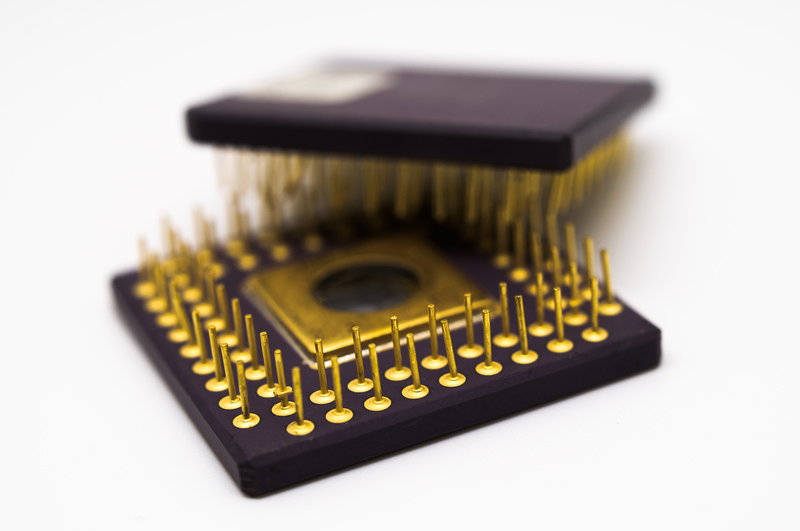How to Safely Ship Semiconductors

The world depends on digital technology, and digital technology depends on semiconductors. A semiconductor is a substance that conducts electricity differently under different circumstances. Electronic engineers use semiconductors to build tiny transistors, which are the basic structure of every microprocessor.
Semiconductors are an essential material for industries ranging from auto manufacturing to medical care. Because they’re needed in so many places, semiconductors are constantly being shipped around the world.
Protecting Semiconductors from Harm
Semiconductor shipping requires shippers to take precautions against the substances and circumstances that might harm them. If they’re damaged en route, it could mean costly delays for both the companies who ordered them and the logistics professionals in charge of transportation. Here are the top five risk factors for semiconductors:
- Static Electricity
Static electricity is perhaps the most dangerous enemy of electronics. If you’ve ever shocked your finger on a doorknob, you know about static electricity. While a little zap may be uncomfortable to you, it’s potentially deadly to a microchip. Manufacturers build many electronic devices with metal and plastic parts. Plastic may develop a negative electric charge naturally, and most metals readily conduct electricity. When shippers are crating and shipping semiconductors, they must take special care to direct static electricity away from sensitive electronics. - Vibration
Many electronic components are tiny and must be placed with extreme precision. Because the placement is so precise, it doesn’t take much to knock things out of position. Shipping cases for semiconductors are often lined with foam to cushion them from vibration. In some situations, they may be placed in multilayer packaging to further insulate them from movement. - Moisture
Have you ever dropped your phone into water? This is a good way to end up with a dead phone. It’s not just the fact that water can conduct electricity—it may also contain dissolved minerals and impurities that can damage semiconductors long after the water has dried up. - Dust
A speck of dust is small, but it looks huge next to the transistors on a microchip. Semiconductors must be protected from dust during shipping. This is relatively easy with layers of plastic and packing tape. - Extreme Temperatures
Digital technology is fairly robust when it comes to temperature, but extreme temperatures and rapid temperature changes may still be a problem.
Semiconductors are crucial to our way of life. We all use electronics every day without even thinking about it. Manufacturers and shippers don’t have the luxury of forgetting about semiconductors—they need to make sure all electronic components arrive safely at their destination, no matter where that is. The best way to ship semiconductor parts is in special casing that protects them from the elements.
